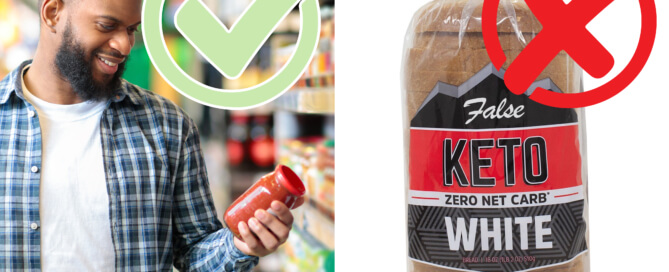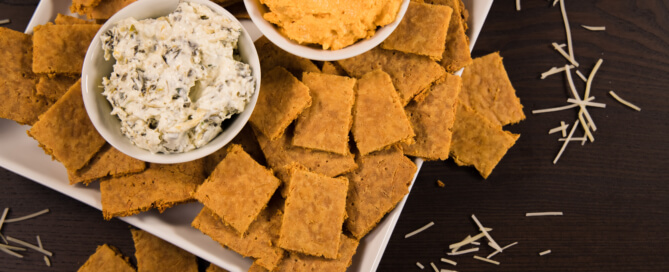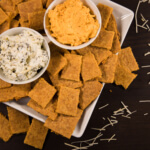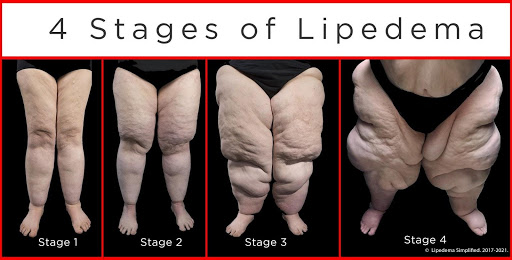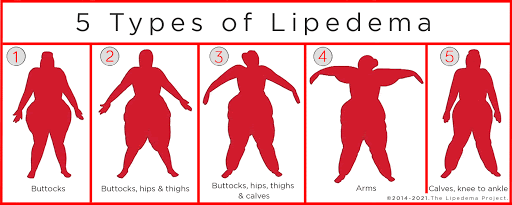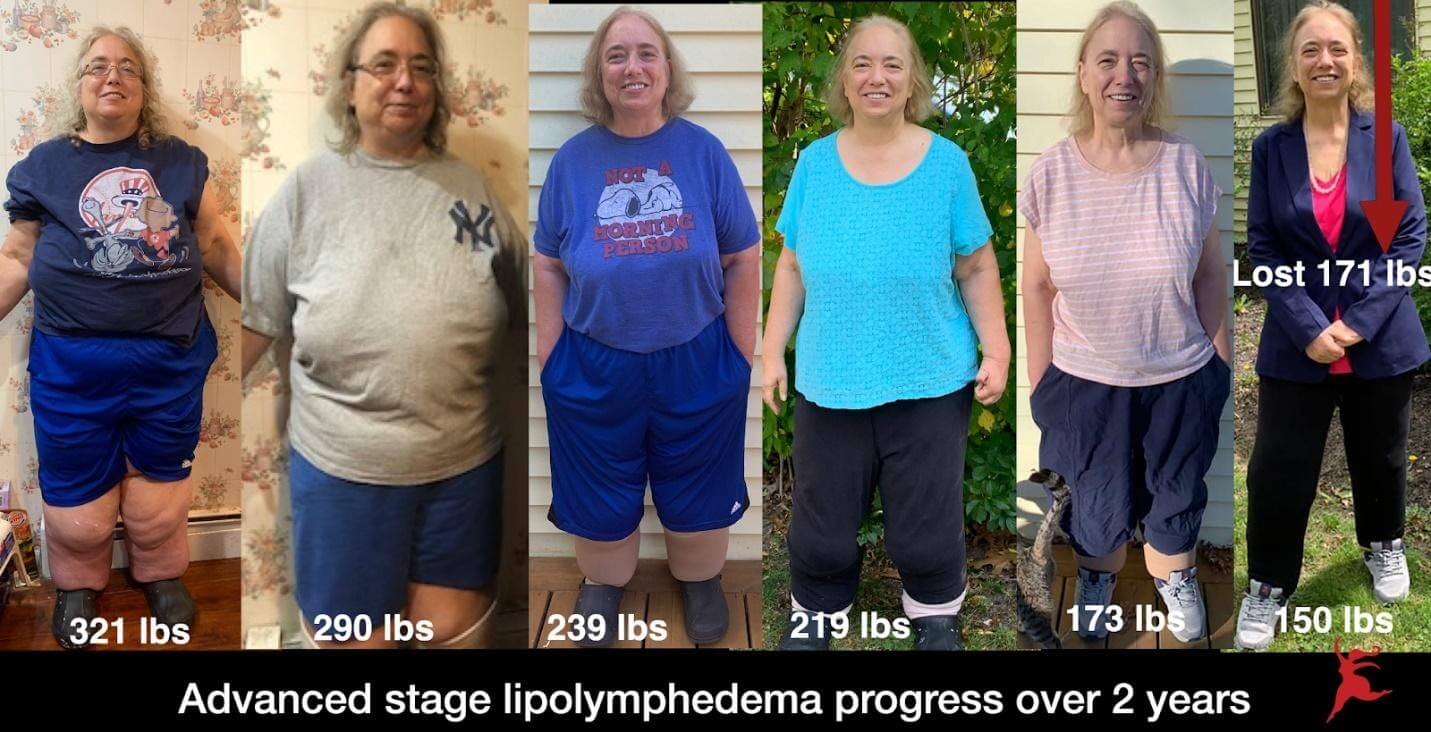Simple Keto Do’s and Don’ts
What advice has been most helpful on your keto journey?
Below, you’ll find some simple do’s and don’ts of keto living below that we think are useful no matter where you are on your keto journey. We can’t wait to hear what yours are!
- DO read nutrition labels so you know what’s in your food. DON’T buy something just because it says it’s keto on the front. If you’re not used to reading nutrition labels, it may feel a little intimidating, but don’t worry! You’ll become a pro in no time. Remember that many foods contain hidden sugars and carbs that you wouldn’t expect, so it’s always worth taking a quick look at the back of the package to see what the ingredients are and what those macros will end up looking like. Be extra careful to look out for ingredients that are just other names for sure! Some to look out for include maltodextrin, corn syrup, fructose, dextrose, and many more. Pro tip: make sure to look at the serving size! The nutrition label may look great, but if you’re going to be eating five servings…well, your macros may not end up looking the way you’d like.
- DO read widely and seek information from a variety of sources. DON’T read one or two articles and expect to get all the information you will need. There is no “one source of all keto knowledge.” This means that the more widely you read, you will come across more opinions and interpretations of keto-related research, and you’ll be better able to make your own decisions about what works for you.
- DO find fun, delicious keto foods that you love. Keto should be enjoyable! DON’T make the mistake of thinking that all “diet” food will be gross. Life is too short to eat gross food, right? Right. And fortunately, there are more options than ever to keep you eating crazy good meals on keto. (*ahem see Keto Chow, superior taste *ahem*) If you’re feeling deprived on your keto journey, it’s worth taking another look at your approach. The options are endless, and your hard work to improve your health should still bring you joy and satisfaction.
- DO recognize when you’ve fallen off the wagon, and be ready to hop right back on. DON’T be so hard on yourself that you give up after one small mistake. Sometimes, we may fall off and think “well, I’m off track now, might as well stay here for a bit.” This is what happens when one little “cheat” turns into a whole day, then a week or more. When you realize you’re off track, don’t beat yourself up. Brush it off and get ready to hop right back on the keto train at your very next meal. Expecting to be perfect doesn’t generally serve us well, and keto is no exception.


